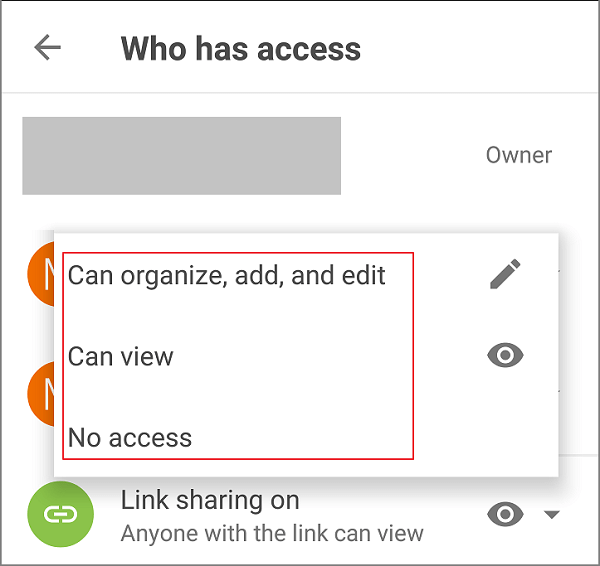


It will also mean that your file renders permanently unusable. That means if you forget your combination, there will be no way of recovering the password. Please note that once you protect a file with a password, you won’t be able to access it without it. Including attachments with highly personal information is dangerous, even if it reaches intended recipients. For instance, it is beneficial to password protect photocopies of passports, legal agreements, or health records. You simply feel uncomfortable having certain files without extra protection.

If you lose it, its finders could open and snoop on their content. For instance, you might keep backups of important files on USB flash drives. You should password protect a file whenever you want to keep it confidential from prying eyes. Why should you password protect a file or folder? Let’s see how you can protect files and create a barrier to personal information. Without the correct password, random recipients won’t be able to open them. Instead of an Excel work project, you picked one containing your household budgets and financial goals.īy adding password protection for documents holding sensitive data, you limit its readers. You might have experienced the mild panic of sending the wrong file to friends or colleagues. Learning how to password protect a file or folder means securing it from unauthorized access.


 0 kommentar(er)
0 kommentar(er)
